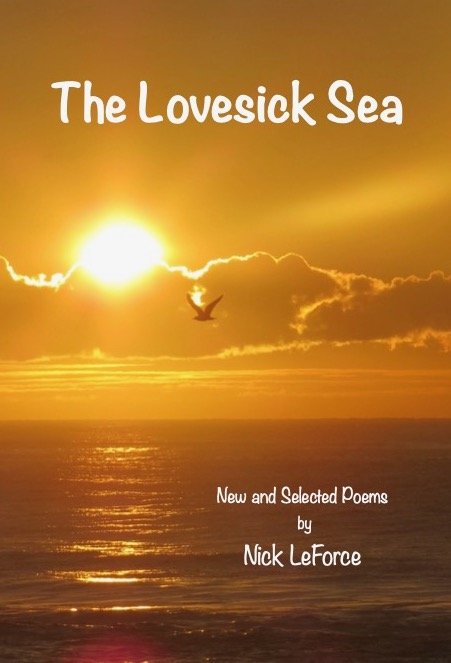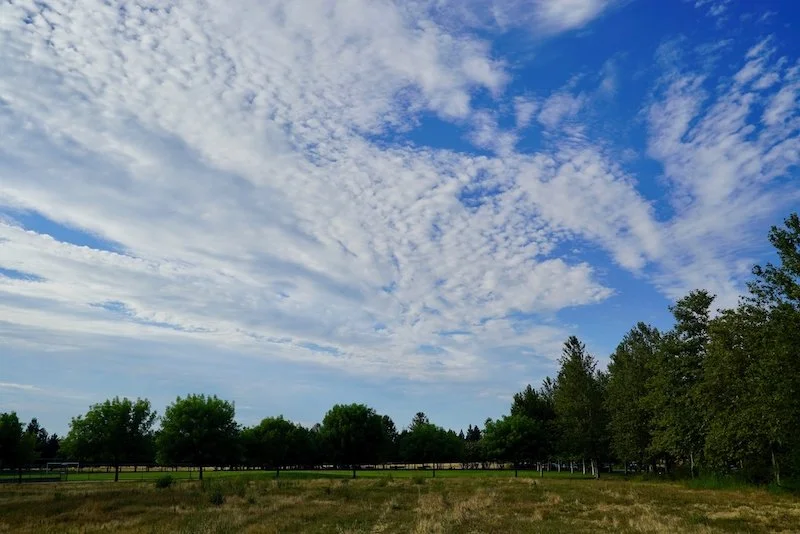Being Present
/The Challenge
The world offers itself to us, flooding our senses with ceaseless input, engulfing our bodies, and bombarding our spirits with billions of bits of waves and particles that we somehow merge into a map of the world and life. Science is now pretty clear that we do not operate on the world directly, at least not consciously. There is a delay between the sensory input from the world and the organization of that input into serviceable models on which we base our interactions. It is even suggested that the modeling of the world is purely predictive, making a guess of what the world will be like when the milliseconds pass for the input to be rendered into a view of reality allowing us to catch a moving ball or know where our feet will land.
We live in a world of our own making. We construct the view we have of life, the world, and what is in it by this rendering process. This becomes even more apparent as we move up levels of abstraction, transforming the raw data of sensory input into linguistic symbols strung together into our ideas and beliefs about the world, about life, about others, and about our selves. This abstracted reality becomes our shell, the home in which we reside, with its windows that show us the slice of life we have come to believe is the whole thing.
Brain research indicates that infants and children have brains almost totally lit up suggesting they are more conscious and taking in a much larger view than adults. We actually become less conscious as we develop a sense of ourselves and establish our own identity in the world. And the advent of the modern age takes this even farther. We can now spend all of our time living in an electronic world of apps and games on our devices, the world reduced to a tiny screen.
Returning To The Present
The antidote, if there is an antidote, is actively returning to the present. This is not as simple as it seems because we have deeply ingrained habits of thought and feeling that occupy our mind and heart and separate us from the present. Buddhist monks spend years meditating in order to master the practice of simply quieting the mind and connecting with the present. Very few have the discipline to achieve such a daunting goal. The rest of us must be content with directing our attention and making use of our patterns in a way that allows us to be more present in life.
We have two primary tools to help in being present. First is intention. We can set the intention to be present in the world and in our lives. Intention sets our purpose and brings unconscious resources to an act or desire. It is different than a goal, which specifies an outcome. Intention sets a direction for awareness. Intention bridges the inner and outer world by orienting ourselves toward what we intend while also inviting it to appear on its own. With intention, we extend ourselves into the world and invite the world into ourselves.
The second tool is attention. We can direct and redirect our attention. Even under the best circumstances, most adults can sustain attention in the present for only short spans before being swept off by wandering thoughts and feelings. Like many other aspects of life, attending to the present is a practice, which requires constant repetition. Attention is more conscious than intention and includes our “noticing.” This means that attention can use our abstracted patterns in ways that support being present. For instance, we can use our internal dialogue to help presence by naming what we see, hear, or feel; by describing the world in sensory based terms, and by our meta-attention that allows us to notice when we have gone off into another world and returning our attention to the immediate moment.
The Power Of Presence
Being present is a discipline, a practice, and it takes effort to learn how to maintain presence in the world. Most of us dilute our effectiveness in the world by splitting our attention, devoting a large portion to our own inner world (memories, imaginings, inner dialogue, pictures, etc.) or we narrow our focus to devices. We mostly rely on the unconscious to attend to and navigate the present. But we are so much more effective in the moment when we bring our attention to the present. This is especially true when we interact with others. Nothing is more powerful than a person who gives full and positive attention to us in the moment. This may be the definition of a loving act.
The future may call us to our greatness,
but life embraces us in the present.
Intention vs. Goal
A goal is a destination, pre-selected, that you use as a target and direct activities toward that target. A goal specifies a result and requires ongoing, directed, willful activity to achieve it.
Intention is a more general direction, a way of being, a personal quality, or a state of being that you would like to enjoy and experience. Intention engages greater forces in the universe evoking and inviting a desired experience and is part of an ongoing journey.
Presence is one of five steps in Wording The World and transforming experience into wisdom. Learn more:
A Process for Being Present
Here's a simple process for coming into the present that uses both intention and attention:
Plant your feet on the floor or ground and feel your connection to the earth. Bring your attention to the world around you at the moment. Silently, or out loud if possible and appropriate, make the following declaration sincerely: "I ..." (be sure to feel connected to yourself while saying "I") "...am here" (be sure to connect with your immediate surroundings as you say "am here").
Other Practices for returning to the present:
- Mindfulness
- Meditation
- Self-Hypnosis
- Immediate Sensory Awareness
- Setting The Intention To Be Present
- Engaging Activities (activities that require full attention in the moment)
What do you do to return to the present? How do you strengthen and enhance your ability to be present in the world?
Please share your reply, thoughts, and comments below.
© Nick LeForce
All Rights Reserved








